Generality
Cayenne pepper is the name of some "chillies", or spicy foods that are used as a spice, ingredient or side dish.
The name derives from the city of Cayenne, located in French Guiana (South America).

From a botanical point of view, the term cayenne pepper has no meaning. It is a generic name concerning some shrubs belonging to the Solanaceae family, Genus Capsicum, Species annuum. The most popular are the Bell Pepper and Jalapeños varieties.
The best known spices that derive from cayenne pepper are paprika and chili powder or flakes. They are produced by drying and grinding the fruit, with or without the placenta and seeds (rich in capsacinoids - spicy molecules).
Sweet paprika is the only cayenne pepper-based spice that does not have a spicy taste, as the fruits are totally deprived of the placenta and seeds.
In any case, cayenne pepper is used above all in the cooking of spicy dishes (especially in the countries of origin); it is used fresh, dry (powder or flakes) and in sorrel sauce.
The spiciness of cayenne pepper reaches an average score of 30,000-50,000 units on the Scoville scale (rather moderate value).
Read also: Habanero and Naga Morich.
Cayenne Pepper and Health
Thanks to the capsaicin content (major exponent of capsacinoids), cayenne pepper facilitates vasodilation and sweating, and increases the dispersion and perception of heat.
Some animal studies have shown that chili tends to boost metabolism, promoting weight loss. On the man, from the applicative point of view, these effects seem to have a marginal value. The mechanism underlying the weight loss would consist of:
- Vasodilation and increased blood flow to the tissues (therefore oxygen and nutrients).
- Increase in caloric expenditure due to oxidation of energy substrates.
Some claim that cayenne pepper boasts an aphrodisiac power; the results of scientific research are inconclusive or mention a clear involvement of autosuggestion.
Cayenne pepper positively (but briefly) regulates arterial hypertension, thanks to generalized vasodilation.
Cayenne pepper increases appetite, salivation and the production of digestive juices. On the other hand, it seriously harms inflamed mucous membranes and is contraindicated in cases of: gastritis and ulcer, gastroesophageal reflux, irritable bowel and other intestinal diseases, fissures anal and inflammation of hemorrhoids.
Cayenne pepper is also famous for its high vitamin C (ascorbic acid) content. However, this water-soluble vitamin with antioxidant power is lost with aging and cooking, which means that dry or cooked food brings drastically lower concentrations than raw and fresh food.
Cayenne pepper contains excellent levels of carotenoids (provitamins A). They are also powerful antioxidants and participate in the fight against free radicals.
Chilli is not one of the richest sources of antioxidant vitamin E (in seeds), but its concentration is useful in achieving the recommended daily allowance.
Among the mineral salts, potassium stands out above all; the contribution of manganese is appreciable.

In Europe and North America, cayenne pepper is mainly used as a spice. On the contrary, in the East and in Central-South America it represents a customary food; if consumed fresh, it contributes to the intake of food water.
Kitchen
Cayenne pepper is a very popular and widespread spice all over the world. It is used in fresh, dried, pulverized and flake form.
It is a key ingredient for a wide variety of hot sauces, particularly those that use vinegar as a preservative.
Cayenne pepper in gravy is often spread on sandwiches to impart a tangy flavor.
There are also several energy drinks that contain cayenne pepper extract.
Hints of Cultivation
There are many types of cayenne pepper, but they all require at least 100 days of growth and maturation.
Cayenne pepper prefers a warm, humid climate and nutrient-rich soil.
Plants of Capsicum annuum they grow to about 0.5-1 meters in height and must be spaced at least 1 meter from each other. By reducing this parameter to 30cm, the single productivity decreases, but the one per surface increases.
In subtropical and tropical regions, cayenne pepper is a perennial plant; however, in temperate climates it assumes the role of an annual vegetable. In winter, cayenne pepper can be placed indoors and in the warmth, taking care of pruning and ensuring good sun exposure.
Other Foods - Spices Garlic Dill Cinnamon Cren Curry Daikon Broth Cube Tarragon Monosodium Glutamate Mace Nutmeg Oregano Paprika Black Pepper Green Pepper Pepper Cayenne Pepper Chilli Pepper Parsley Horseradish Rosemary Dietary Salt Whole Salt Iodized Salt Hyposodic Salt Salt Pink Himalayan Salt Mustard Tabasco Vanilla Wasabi Ginger OTHER ITEMS SPICES Categories Food Alcoholics Meat Cereals and derivatives Sweeteners Sweets Offal Fruit Dried fruit Milk and derivatives Legumes Oils and fats Fish and fishery products Salami Spices Vegetables Health recipes Appetizers Bread, Pizza and Brioche First courses Second courses Vegetables and Salads Sweets and Desserts Ice creams and sorbets Syrups, liqueurs and grappas Basic Preparations ---- In the Kitchen with Leftovers Carnival Recipes Christmas Recipes Dietary Recipes Light Recipes Woman's Day, Mother's Day, Dad's Day Functional Recipes International Recipes Easter Recipes Recipes for Celiacs Recipes for Diabetics Recipes for the Holidays Recipes for Valentine's Day Vegetarian Recipes Protein Recipes Regional Recipes Vegan Recipes

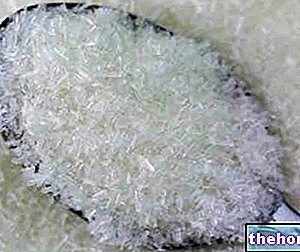


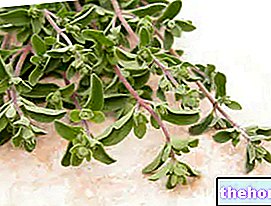
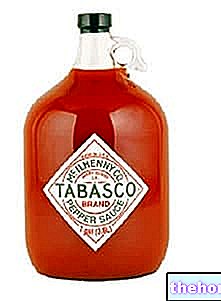
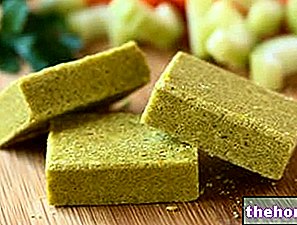









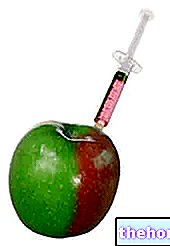





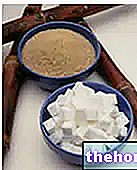
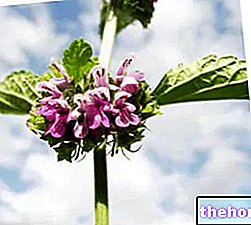

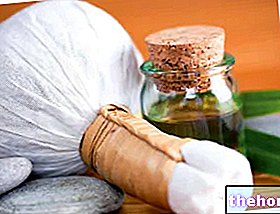
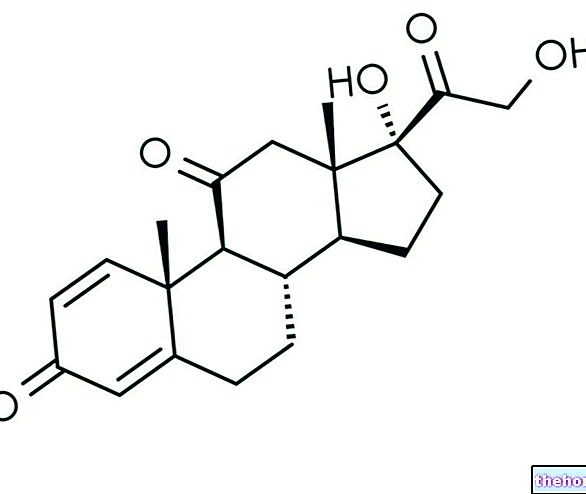
-cos-cause-e-sintomi-e-cura.jpg)
